PROTECT YOUR DNA WITH QUANTUM TECHNOLOGY
Orgo-Life the new way to the future Advertising by AdpathwayAre your strawberries dying, or do they simply seem like they’re dying? Strawberries grow differently depending on their type. Some will appear to be dying after fruiting in spring, while others should retain their green leaves and continue producing throughout the summer.
How to treat your dying strawberry patch depends on its type. You’ll want to use harsh cutting back methods on June-bearing types and less extreme measures on everbearing and day-neutral strawberries. Modifying your renovation to the type at hand is the best way to encourage healthy plants with juicy fruits.
If your strawberry patch is, in fact, dying, we’ll explore the reasons why this would happen in summer. Luckily, you can save your plants if they’re not completely dead. Strawberries bounce back when you give them proper care and a bit of love.

Felco Ergonomic Hand Pruner
Organic Fertilizer

Espoma Garden-tone Organic Plant Food
Strawberry Seeds

Red and Yellow Wonder Blend Strawberry

Know Your Strawberry Type
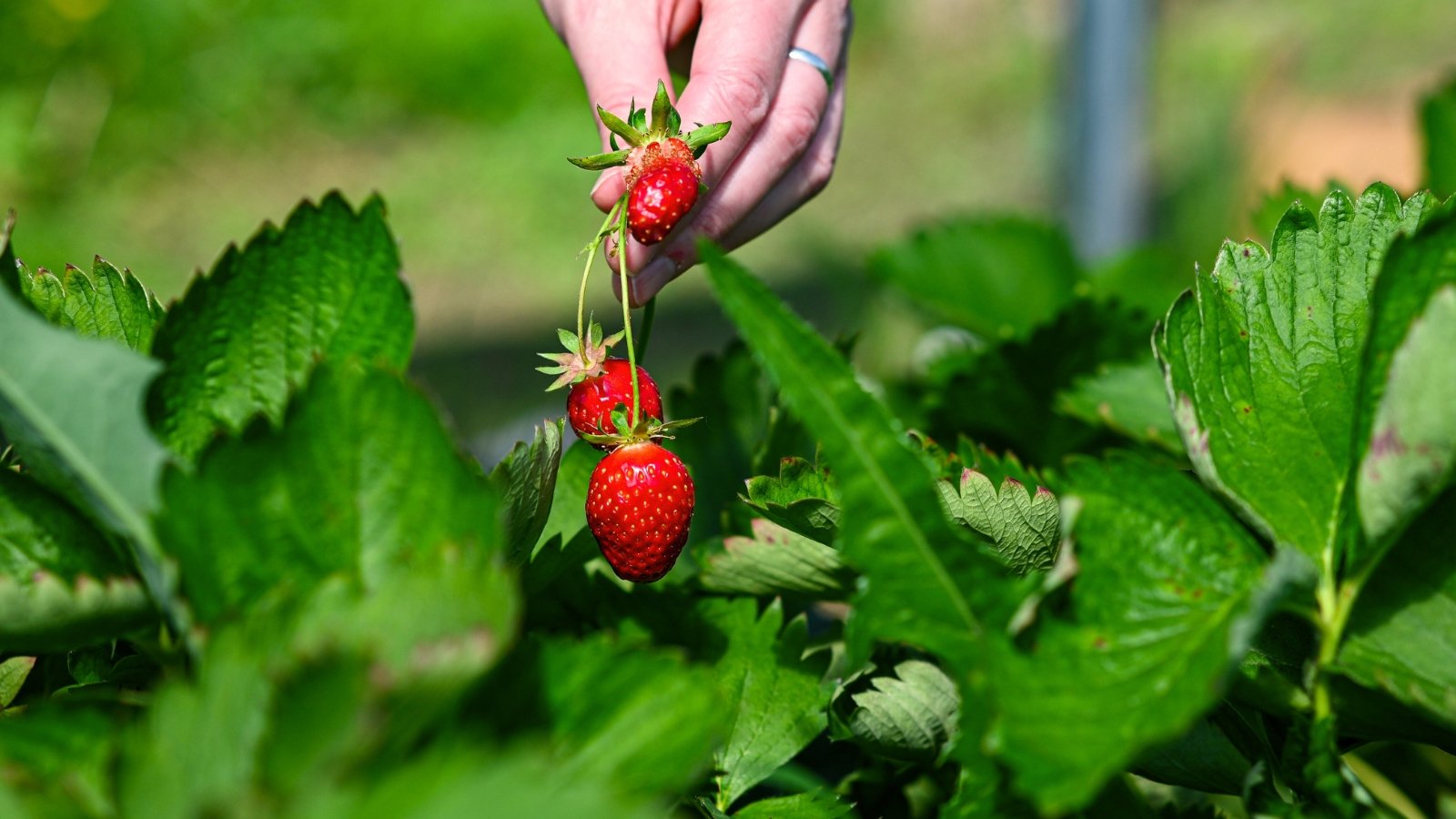 Some varieties fruit twice, giving summer surprises.
Some varieties fruit twice, giving summer surprises.There are three types of strawberry patches:
- June-bearing
- Everbearing
- Day-neutral
A June-bearing strawberry patch produces its fruit all at once around the month of June. Then, it gathers energy for the next year. It also begins growing runners with small plantlets at their tips. These plantlets form daughter plants when they root in the ground.
Everbearing strawberries have two harvesting windows instead of one. They fruit in June and again in late summer. They tend to produce fewer runners than June-bearing varieties.
Day-neutral strawberries are the favorite type for many gardeners. They grow as long as temperatures are warm and sunlight is abundant in spring, summer, and fall. They spread their production throughout the seasons, growing a few strawberries every few days. They’ll also stop fruiting if temperatures rise too high or drop too low.
How to Renovate a Dying Strawberry Patch
Renovation is a technique that rejuvenates the vigor in your dying strawberry patch. A weak or struggling crop can be renewed into a healthy and productive one. Renovate June-bearing strawberries, and use different techniques to help everbearing and day-neutral varieties.
June-bearing
 Removing spent foliage helps prepare for next season.
Removing spent foliage helps prepare for next season.June-bearing strawberry plants are the type you want to renovate. They take kindly to the process, and they’ll last for many years if you renovate them after they’re done flowering and fruiting in July.
Start by harvesting all the strawberries from the dying strawberry patch to prepare the area for renovation.
Two weeks after your last harvest, begin the renovation process by removing every old leaf and spent flowering stem. The goal is to remove the tired leaves without harming the strawberry crowns. The crowns sit partially in the soil, and they’re the growth points where new stems, runners, and leaves sprout.
If you have a large patch, consider using a lawn mower at a high setting to cut all the leaves at once. You may use pruners or hedge clippers to trim small or medium-sized patches. Remove all the trimmings to prevent rot and pests the next year.
After mowing the leaves and raking them away, add plenty of water and fertilizer for fresh new growth. You’ll see green, perky leaves grow from the mowed strawberry patch, and runners will fill any bare spots with new plants.
Everbearing
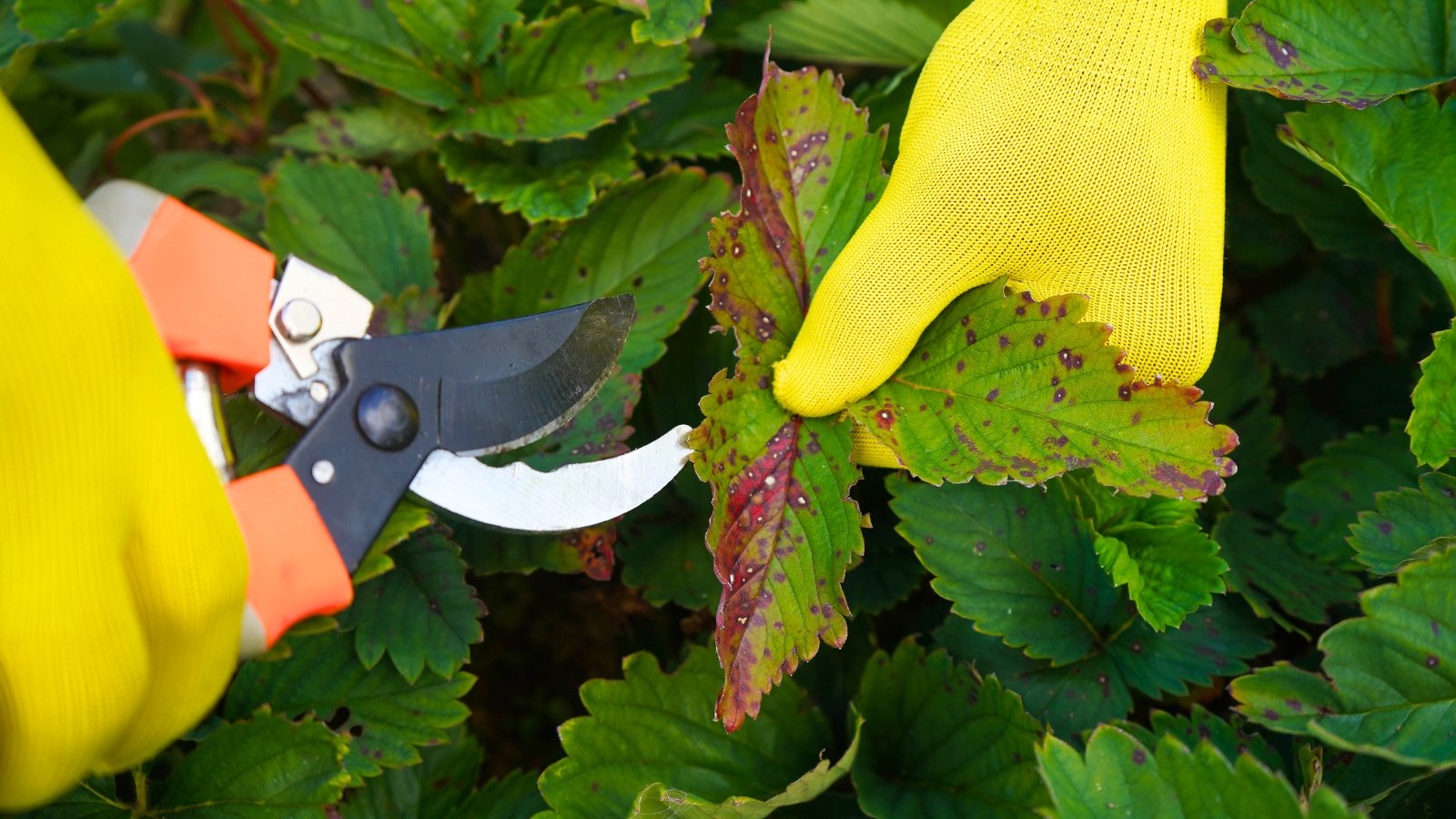 Don’t cut too much foliage, or you’ll risk losing fruit.
Don’t cut too much foliage, or you’ll risk losing fruit.You can’t renovate everbearing strawberries in the same manner as June-bearing ones. These plants need their leaves all summer, as they’ll grow another crop at the end of the season. You’ll threaten the future harvest if you trim the dying strawberry patch.
Instead of renovating everbearing strawberries in the traditional sense, you can use some specific techniques to rejuvenate your dying patch. Start by trimming any dead or diseased leaves. Don’t remove all of the foliage, just the parts that are dead or diseased.
Avoid removing flowers or flowering stems, as they may still be producing fruit. Give your struggling patch plenty of water, add mulch onto bare soil, and fertilize, if necessary.
Day-neutral
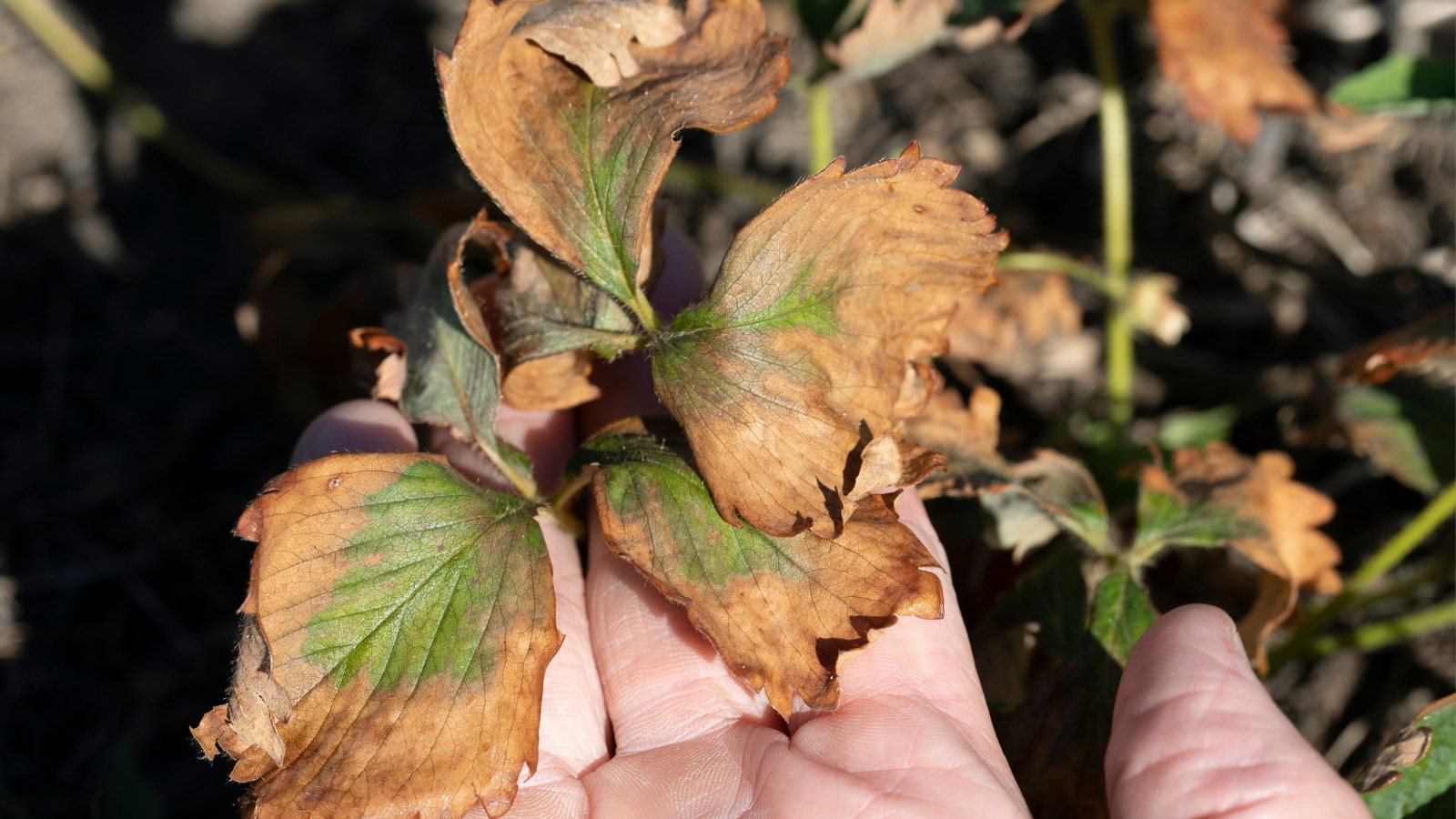 Snip dead leaves gently to keep fresh fruit coming.
Snip dead leaves gently to keep fresh fruit coming.Like everbearing strawberries, day-neutral varieties don’t take kindly to a summer renovation. If you have a dying strawberry patch full of day-neutral varieties, you’ll want to use careful tactics to encourage healthy new growth.
Start by picking any ripe fruits. Eat them fresh or store them in your fridge to enjoy later. Then, take your pruners and snip off dead, dying, or diseased leaves. Don’t remove more than a third of the patch’s total leaves, as the plants need some foliage to continue flowering and fruiting.
Day-neutral strawberry patches produce fruit as long as the weather is accommodating. Because of their long harvesting window, they need plenty of nutrients to continue producing strawberries. Ensure the site has sufficient nutrients by fertilizing regularly or by adding compost to the soil.
Aftercare
Some aftercare ensures your previously dying strawberry patch will continue to thrive throughout the other seasons. These fruiting plants need regular watering, fertilizing, and pruning to perform their best. With consistent attention and maintenance, you’ll cultivate beautiful patches full of vigor.
Water Regularly
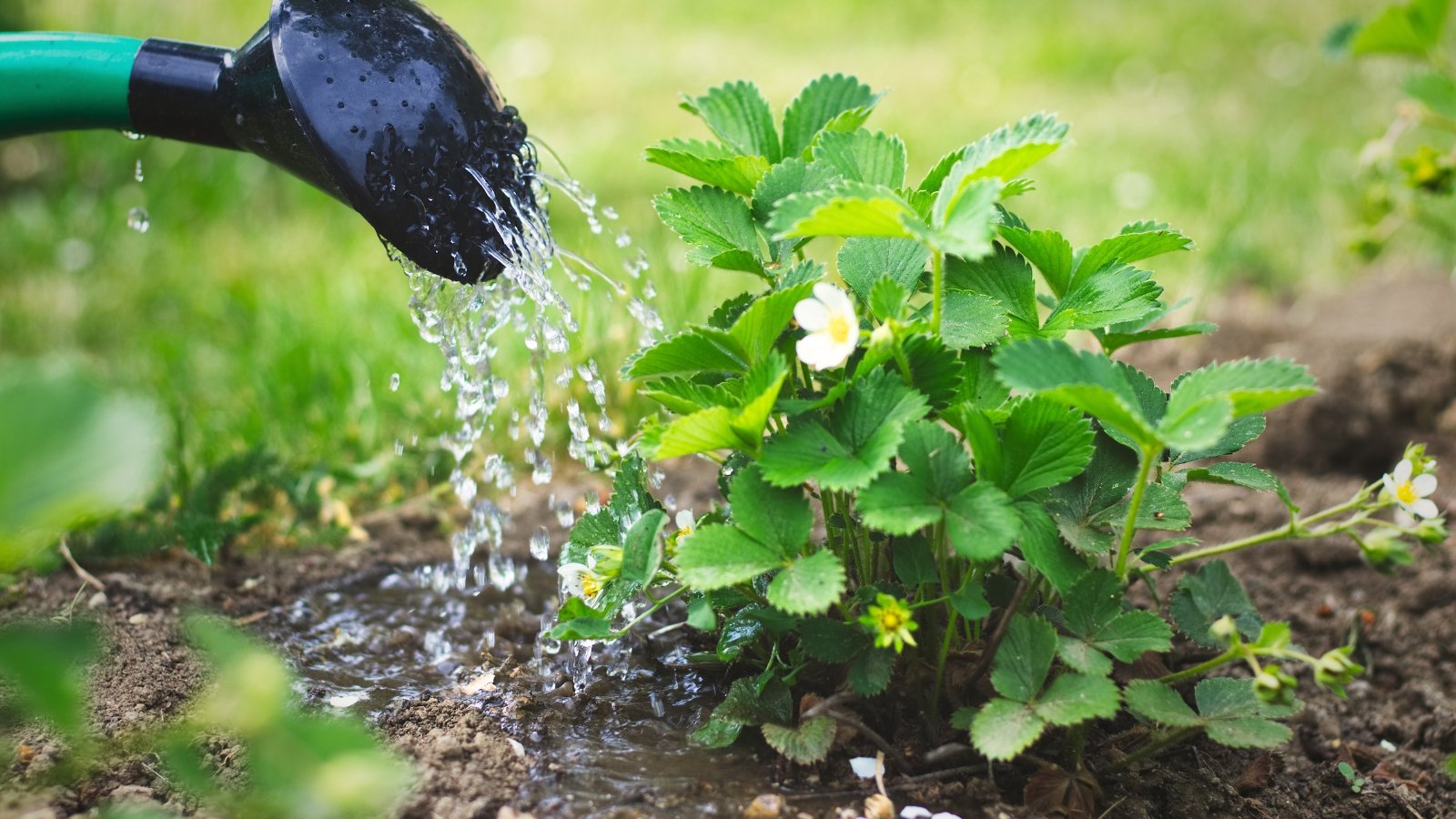 Sandy soil needs extra love to hold water well.
Sandy soil needs extra love to hold water well.These fruits are full of water! Think of when you bite into a strawberry and see juices flowing out of the center. Those juices come from water in the soil. For the juiciest, most delicious crop, water the strawberry patch’s soil regularly to keep it moist, but not soggy.
The type of soil your strawberry plants grow in will influence their moisture levels. Dense clay turns muddy and thick when wet and hard and compact when dry. Sand drains freely, no matter the current season. Sandy soils turn bone-dry in summer without additional irrigation.
A well-balanced loamy soil is the best type to use for strawberry plants. They prefer a pH between 5.6 and 6.5. With sufficient moisture and good soil, they’ll likely perform well for the rest of the summer.
Check the Nutrients
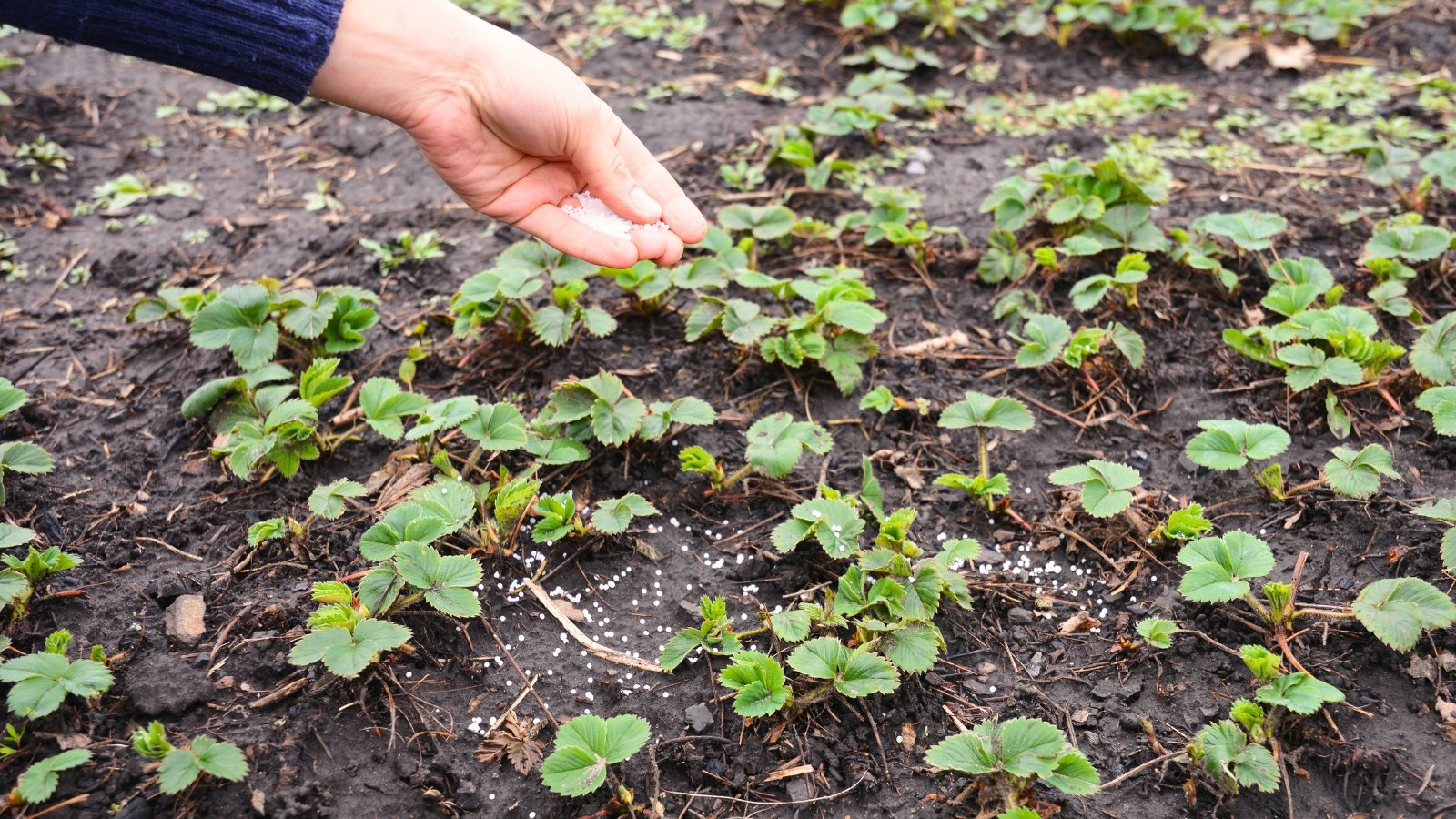 Fertilize after growth starts for the best results.
Fertilize after growth starts for the best results.Nutrient levels are another important factor for strawberry crops. These fruiting specimens need nitrogen for their leaves, and phosphorus and potassium for their roots, flowers, and fruit. There are a few different ways to amend the soil.
My favorite way to fertilize is with compost. It’s a mulch-like material that boosts the soil. It adds organic matter to the ground, it fertilizes, and it’s porous and absorbent. Simply add a layer of compost that’s one to two inches thick and water it well. You may add more to keep the layer at a proper thickness.
You may also use powdered, granulated, or liquid fertilizer. Watch for signs of underfertilizing, like pale yellow or green leaves. Fertilize everbearing and day-neutral varieties once new growth occurs, and wait until after renovation to fertilize June-bearing cultivars.
Prune Dead Parts
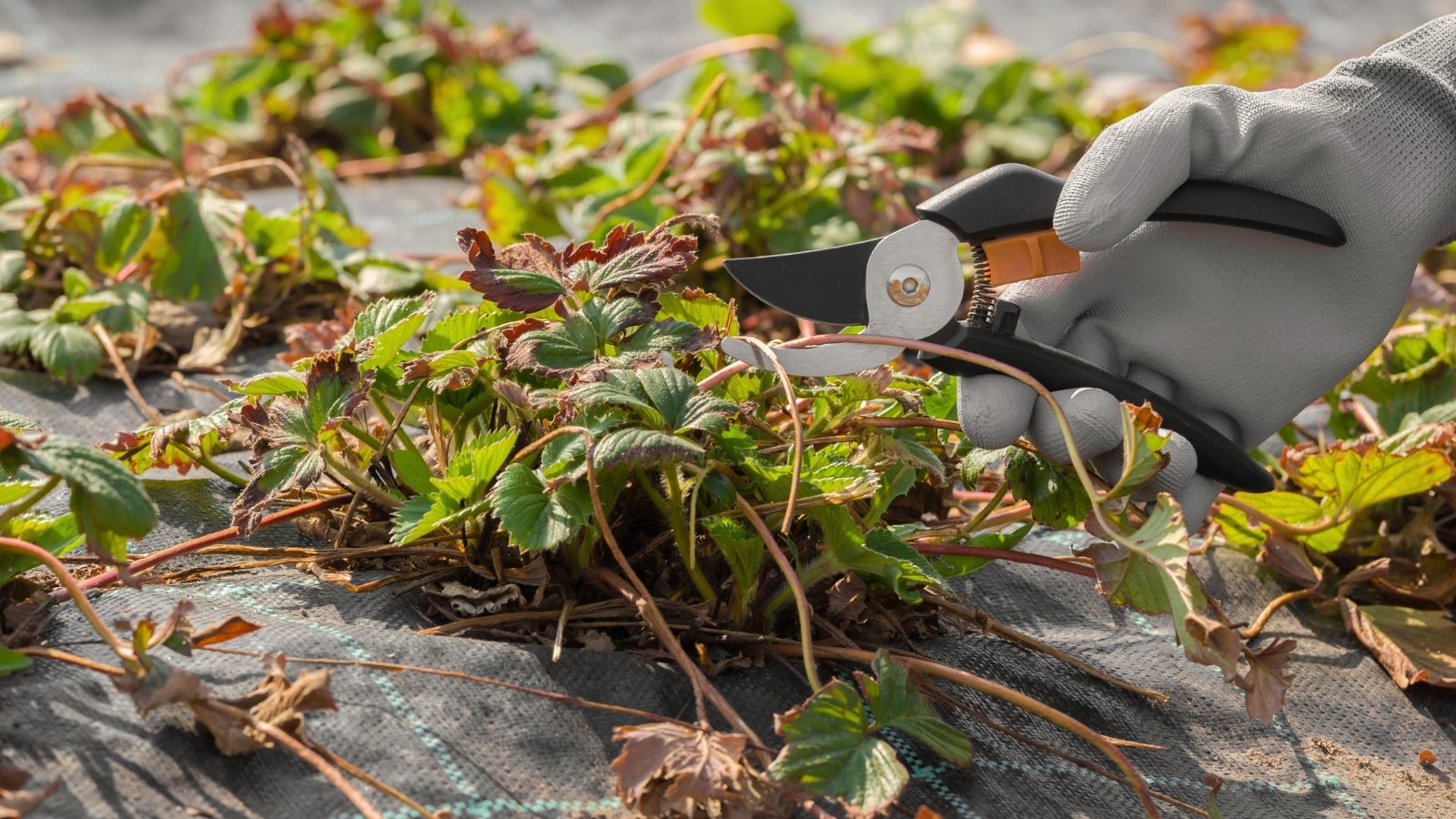 Keep pathways clear by trimming runners growing where they shouldn’t.
Keep pathways clear by trimming runners growing where they shouldn’t.Leaves with spots, blemishes, or fungal marks may spread diseases to nearby strawberry patches. Instead of letting them spread, use pruners to promptly remove them during summer. You’ll also want to remove rotting fruits, spent flowering stems, and runners growing in the walkway.
Strawberries tend to run out of energy after four or more years of heavy fruit production. You’ll need to plant a new crop in a new area to keep production going. No amount of pruning or renovation will restart a dying strawberry patch after this time.
Take Care of the Runners
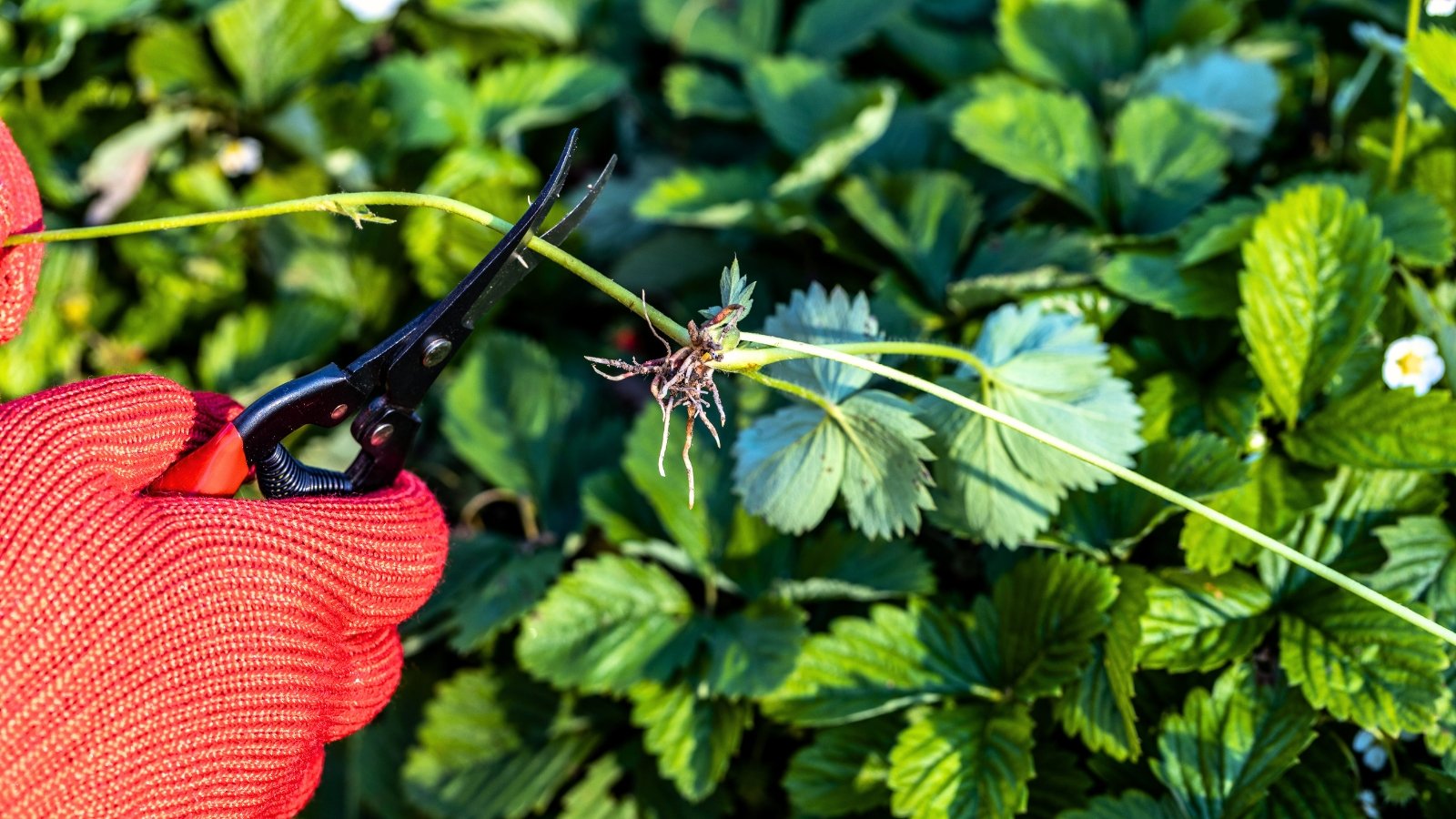 Runners naturally spread plants, perfect for growing more patches.
Runners naturally spread plants, perfect for growing more patches.Strawberries use runners to asexually reproduce. The rooting stems form clones of the parent plant in the nearby area. You can use these runners to your advantage to promote healthy patches.
There are two main systems for strawberry production: the matted row and hill systems. Matted rows utilize runners, while hill systems require you to snip the runners. These work best in yards with lots of planting space, as they’re in-ground growing techniques.
In small yards, use runners to propagate new plants in containers or raised beds. Simply place the runner in a pot and pin the stem down with a stick. The runner will sprout a new strawberry rosette in the pot, after which you can snip the stem and separate the two plants.
Key Takeaways
- Fertilizer, water, and pruning keep strawberries producing well. Use the three to maintain a healthy crop.
- Renovate June-bearing cultivars after they finish fruiting.
- Avoid renovating everbearing and day-neutral varieties. They need their leaves to grow fruit in summer.
- A strawberry patch will decline after four years or longer. Rejuvenate your crop by planting new plants in a new site.
Frequently Asked Questions
Flowers tend to fade or wither when temperatures grow too cold or too hot. High summer heat can cause the already opened flowers to die. Don’t worry! New ones will sprout the next fruiting season.
A lack of water in summer is the most common culprit of a dying strawberry plant. Ensure your crop has consistent moisture, especially during heat waves and droughts.
Consistent watering, sufficient fertilizing, and prompt pruning are the three main ways to revive a struggling plant. Renovate June-bearing cultivars by mowing them after they finish fruiting.


 3 days ago
30
3 days ago
30

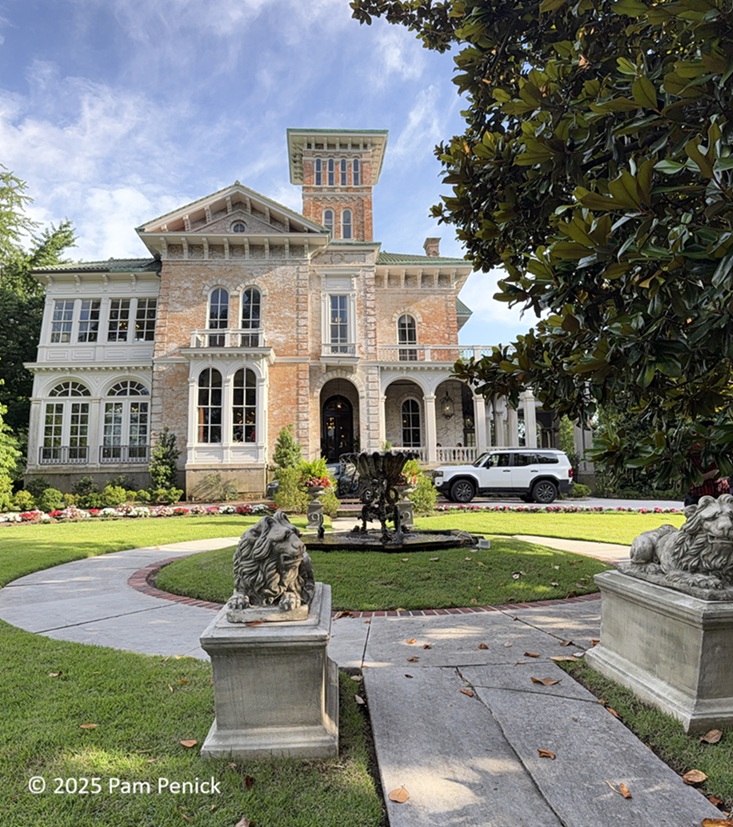


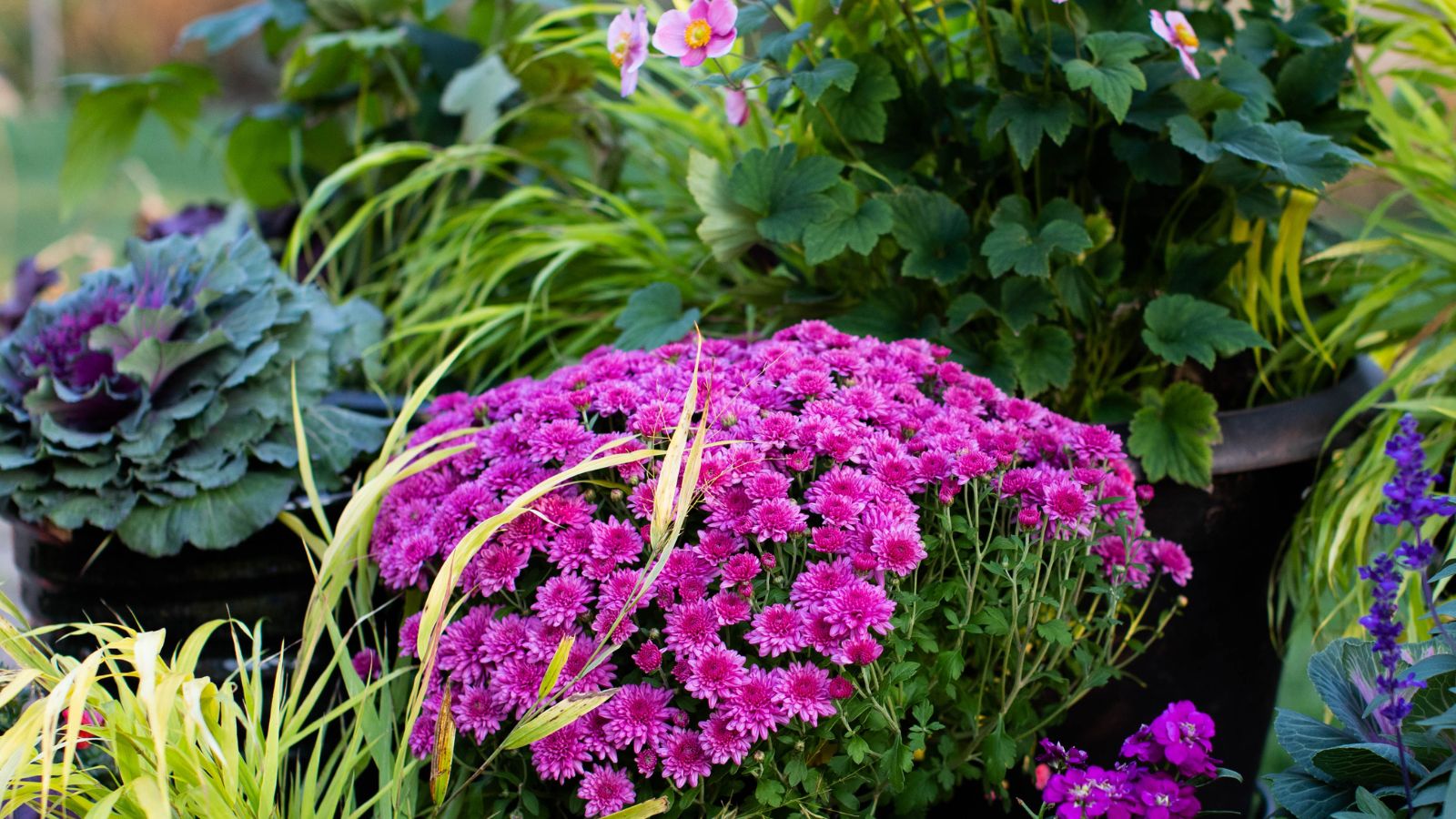
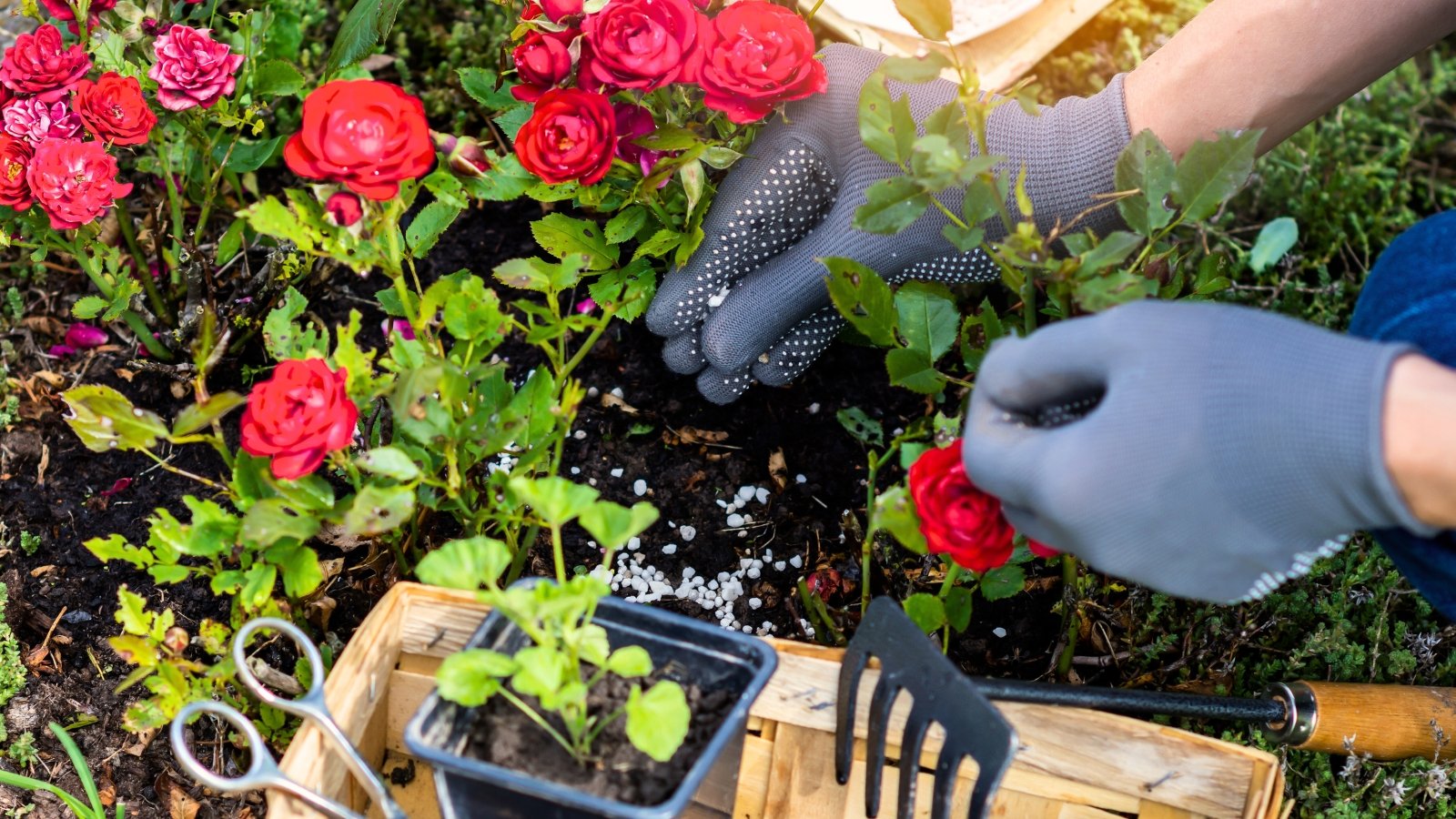
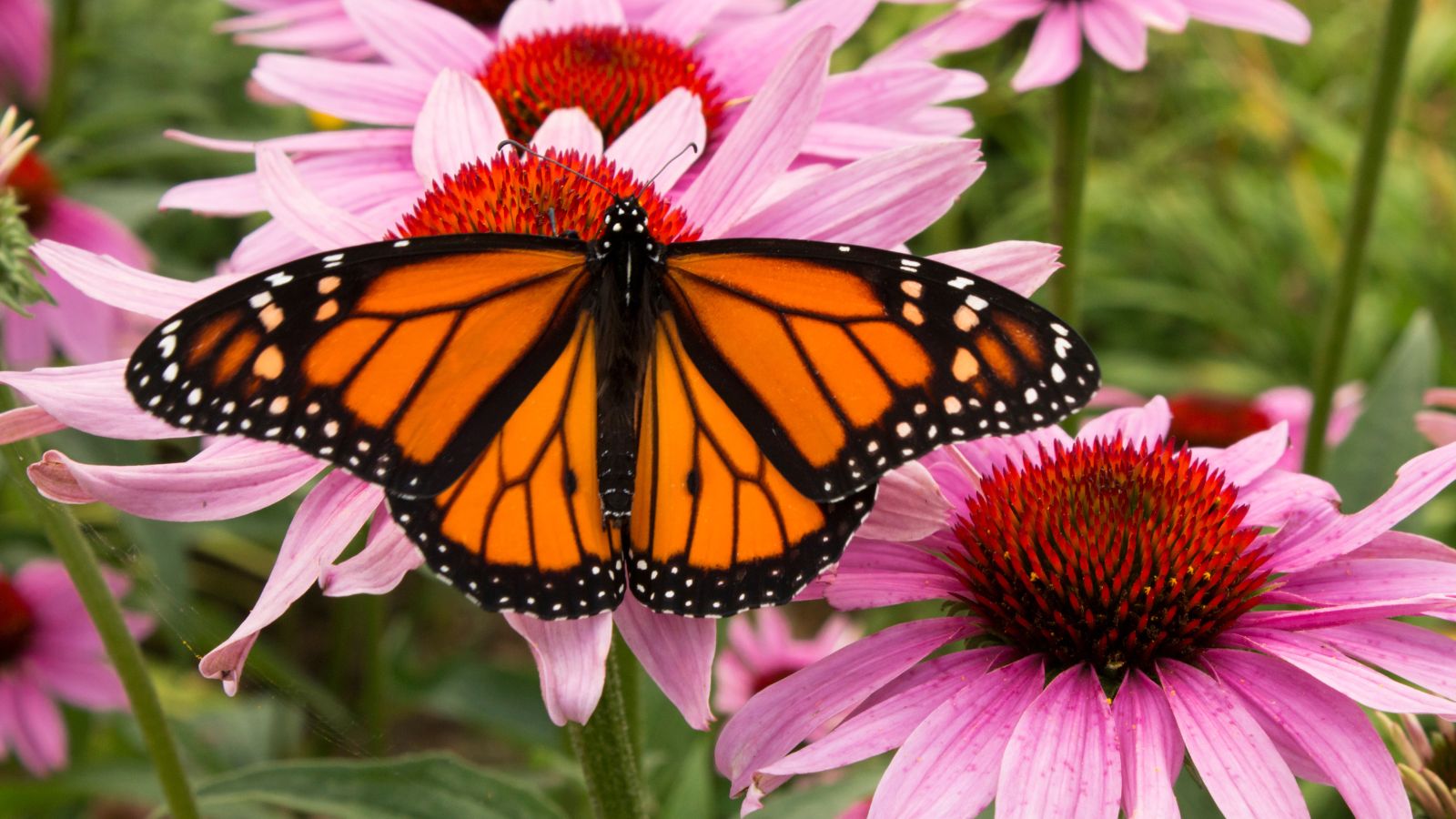














 English (US) ·
English (US) ·  French (CA) ·
French (CA) ·